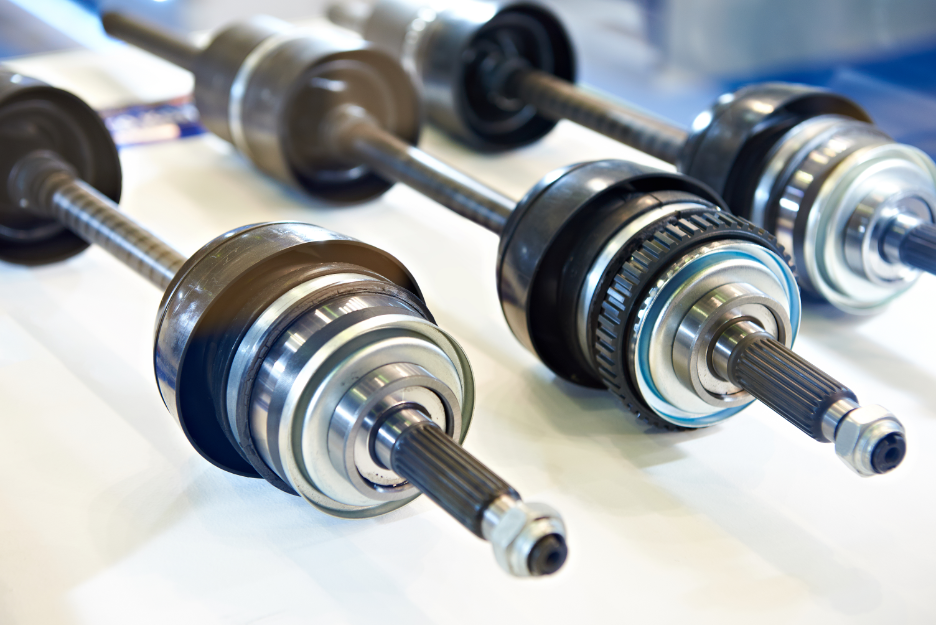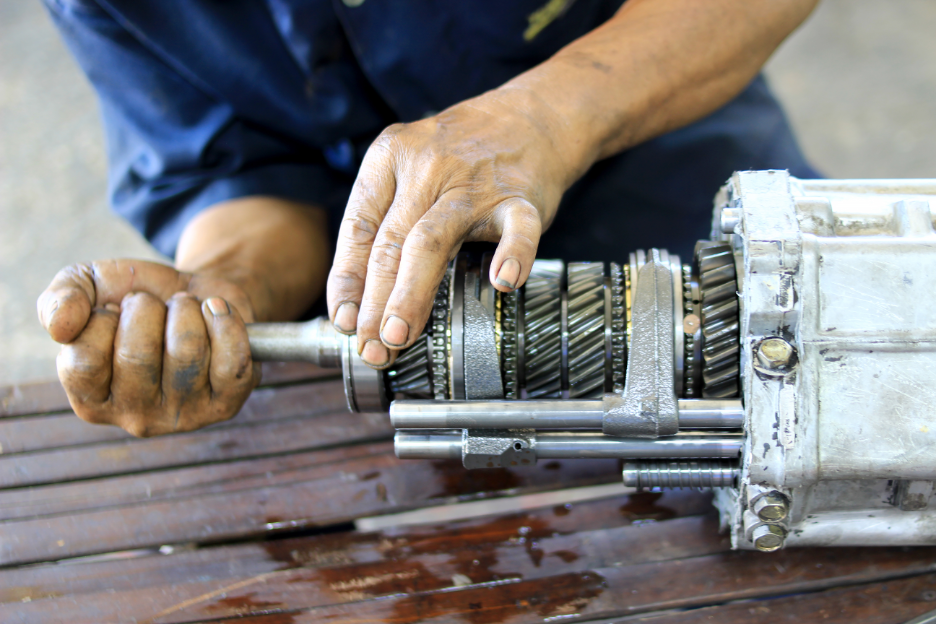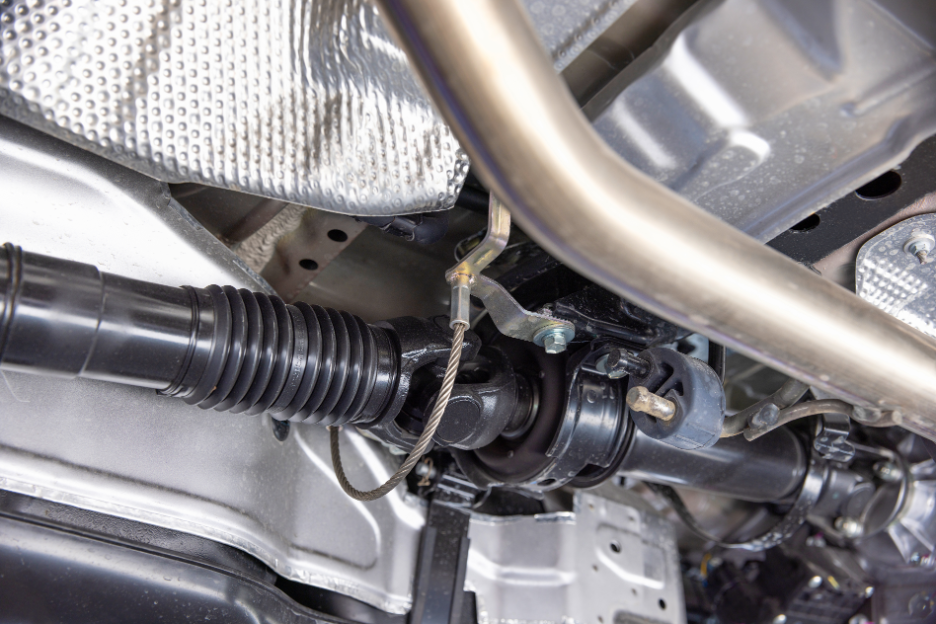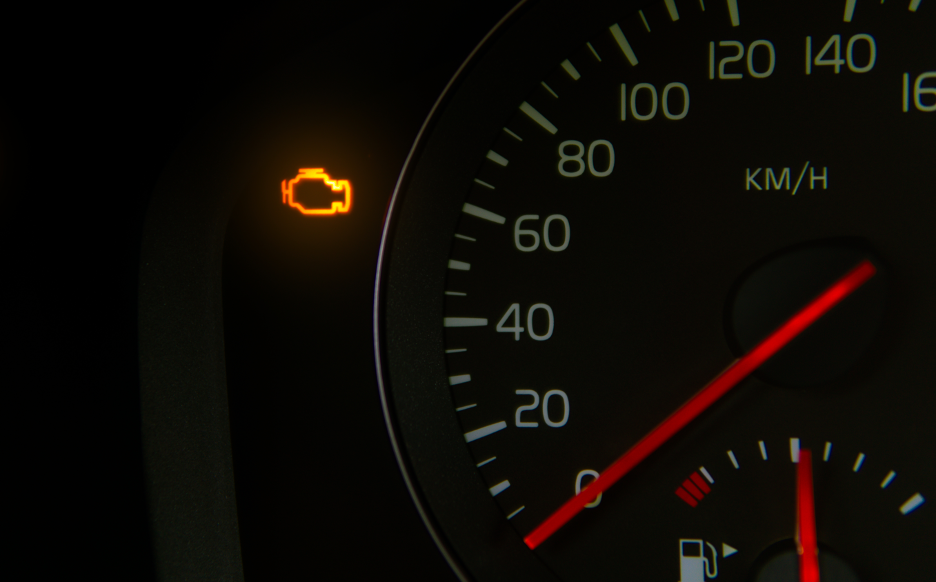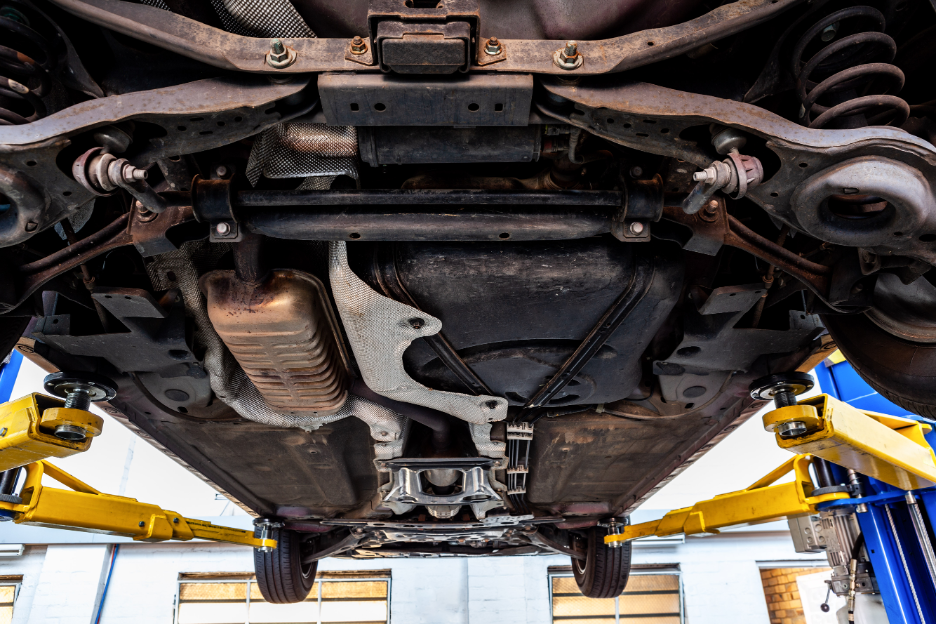If your car hesitates when shifting or the engine revs without speeding up, your transmission could be slipping. Are you currently dealing with this issue? Wondering how to proceed? Below, this transmission repair specialist in Western Springs, Illinois is going to explain what it means and why you should address it ASAP.
What is transmission slipping?
When your transmission slips, it can’t keep your car in the right gear. You might step on the gas, but the car hesitates. It does not immediately respond. The engine revs and sounds louder, but your car does not pick up speed. It could feel like your car suddenly drops into neutral.
You might also notice the car shifting hard or rough or smelling burnt. It might even take you longer to go into drive or change gears. If your car acts like this, you should take it to a qualified transmission repair specialist as early as possible. They will inspect your car’s transmission before the damage gets worse.
Common causes of transmission slipping.
The most common cause of transmission slipping is low or degraded transmission fluid. This fluid is what maintains proper hydraulic pressure, cools internal components, and prevents too much friction. If there is not enough, there is not enough pressure to engage gears properly. That is when slipping and hesitation start to happen.
Old or burned fluid can also cause the transmission to overheat and internally wear down.
Look for other signs like a burning smell, dark or thick fluid, or bright red fluid on the ground under your car. All of these are signs to check your fluid levels. While other parts like solenoids, clutches, or bands inside the transmission can also be at fault, fluid is usually the first thing to go.
It’s best to visit a transmission repair specialist in Western Springs, Illinois at the first sign of slipping. They can inspect fluid levels, fix leaks, and prevent further damage to your transmission.
Can you fix it yourself?
You can check the fluid yourself with the dipstick. Pull out the dipstick and look at the fluid level. The fluid should be inside the marked area. It should look glossy and have a light sweet smell. If the fluid looks dark and sludgy or smells burnt, you might need to top it off or replace it. Make sure the car is on flat ground, and the engine is warm before you do this test.
You can also use an OBD-II scanner to check for error codes. This tool plugs under your dashboard and shows trouble codes like faulty solenoids, overheating, or shift logic errors. These scanners are diagnostic only and do not repair mechanical wear or internal failures.
If the scanner shows deeper issues or the fluid change does not help, it is time to take your car to a qualified transmission repair specialist in Western Springs, Illinois.
You should not waste any time.
Ignoring the problem can cost you. The longer you drive with slipping gears, the more pressure it puts on your engine and other parts of the car. What could be a simple repair job now might turn into a full rebuild soon, and that is not cheap.
Even minor signs like a burning smell or rough shifting are worth checking. Take your car to a transmission repair specialist if you notice anything like that.
Looking for a Transmission Repair Specialist in Western Springs, Illinois?
If your car is showing signs of transmission trouble, it’s time to take it to a trusted auto repair shop near you. As the top-rated transmission repair specialist in Western Springs, Illinois, King Transmission Company can diagnose and repair any transmission problem you may be dealing with. Contact us today to schedule a service.


